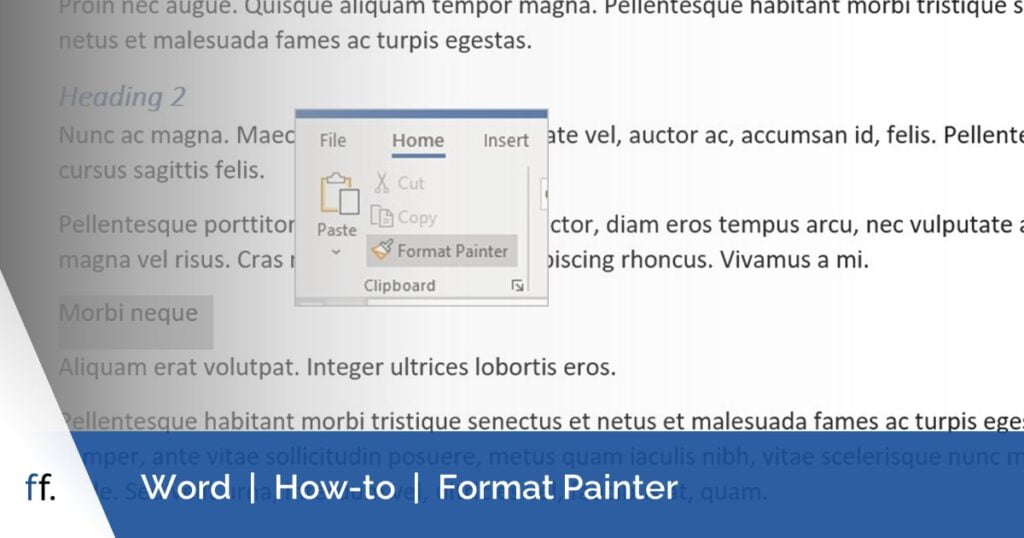Estimated reading time: 3 minutes
Word’s default behaviour is for headers and footers in a document to contain the same content throughout. Sometimes, however, you may wish to include different headers and footers on each page. Or for different sections of your document. The only way to enable this is by adding sections to the document. And then unlinking headers and footers as required.
Before unlinking headers and footers, it’s important to understand Word’s default behaviour.
When you add a section to a document, the new section’s header and footer take on the content and formatting of the header and footer in the previous section.
For the most part, this is exactly what you want to happen. That is, to have the content in headers and footers repeat for every section.
Following are two common scenarios where the default behaviour may not work for you:
- The first is where your document is in portrait layout, but also contains landscape pages. And the content in the header and/or footer doesn’t automatically resize / reposition to suit the page size;
- The second is where you want to include different content in the header and/or footer of each section of your document. This is regardless of whether the page orientation for all sections is portrait. Or a combination of portrait and landscape.
In both cases, you must change the default setting for the sections of your document as required. Otherwise, you won’t be able to format a different header / footer in one section without affecting others.
The relevant Word setting to unlink headers and footers is Link to Previous.
The best process to use to unlink headers and footers
When unlinking headers and footers, it’s a good idea to get into the practice of working backwards. Because it ensures any changes you make to the header or footer in a section won’t affect other sections.
Section breaks are required to unlink headers and footers. So if your document doesn’t already include section breaks, you’ll need to first add these. That is, at each point in your document where you’d like there to be a change in header / footer content.
To insert a section break:
- Place the cursor at the relevant point in your document;
- Click the Breaks button (Layout > Page Setup), and select Next Page.
Then unlink headers and footers as follows – the example below uses the above landscape page scenario to show the process:
- Navigate to the section immediately following the landscape page – for ease use the Go To function (Ctrl+G);
- Right click the footer, and select Edit Footer;
- In the Navigation group of the Header & Footer contextual tab, click the:
- Link to Previous button to unlink the footer from the landscape page footer;
- Previous button to go to the landscape page footer;
- Link to Previous button, this time to unlink the landscape page footer from the footer in the previous section;
- Click the Close Header and Footer button, or press Esc.
Finally, if your document contains content in headers and footers, be sure to follow the process for both. This is necessary because the Link to Previous setting only changes the area you’re formatting. So if you change the setting for a footer, it won’t affect the header (and vice versa).



